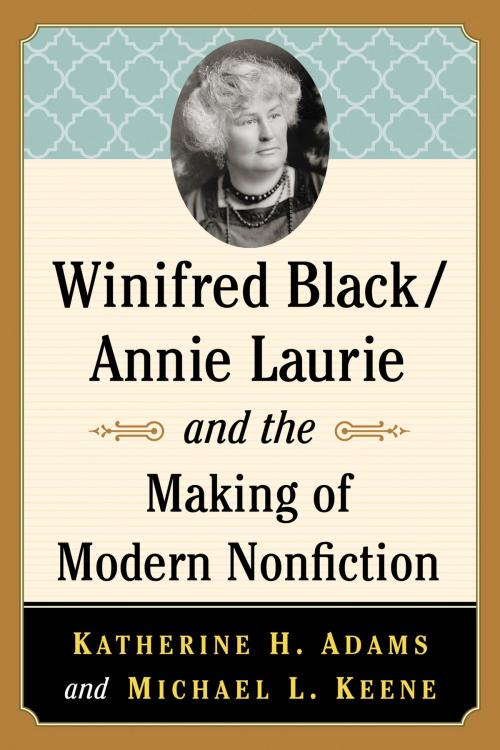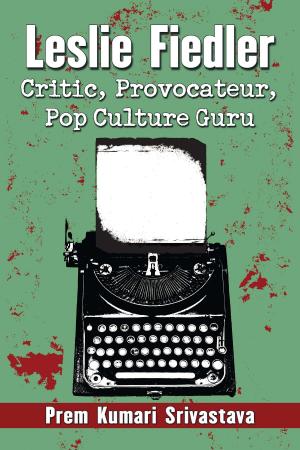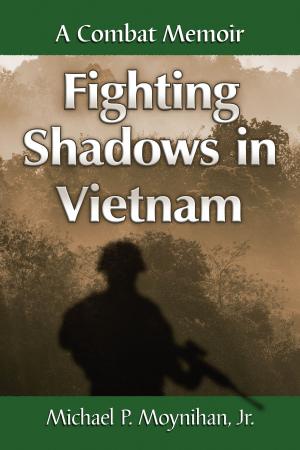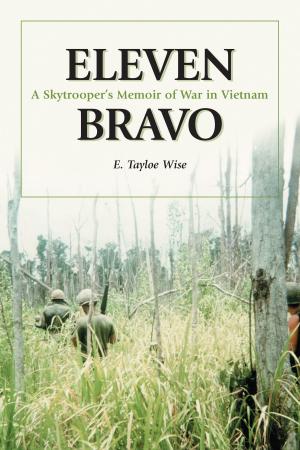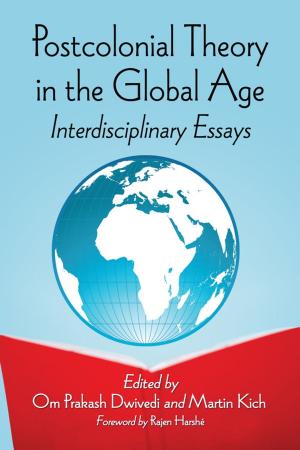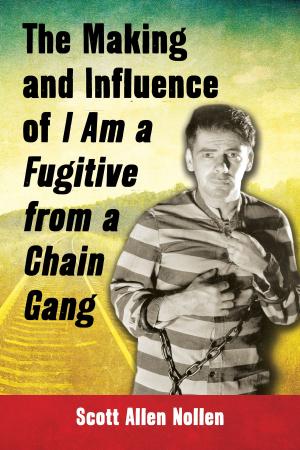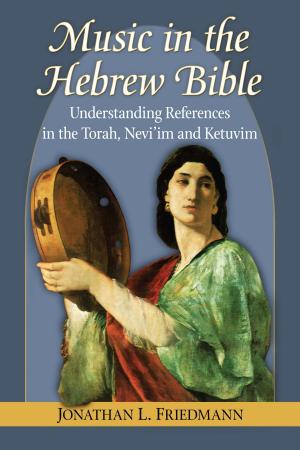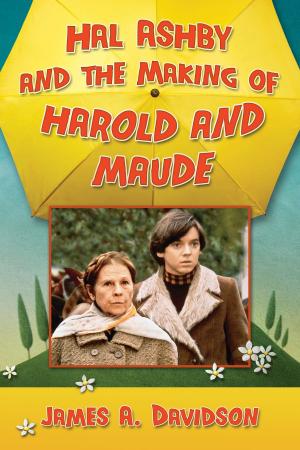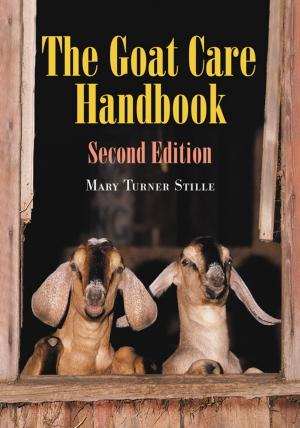Winifred Black/Annie Laurie and the Making of Modern Nonfiction
Nonfiction, Reference & Language, Language Arts, Journalism, Social & Cultural Studies, Social Science, Gender Studies, Women&, Fiction & Literature, Literary Theory & Criticism| Author: | Katherine H. Adams, Michael L. Keene | ISBN: | 9781476622668 |
| Publisher: | McFarland & Company, Inc., Publishers | Publication: | July 25, 2015 |
| Imprint: | Language: | English |
| Author: | Katherine H. Adams, Michael L. Keene |
| ISBN: | 9781476622668 |
| Publisher: | McFarland & Company, Inc., Publishers |
| Publication: | July 25, 2015 |
| Imprint: | |
| Language: | English |
Winifred Black worked in journalism from 1888 to 1936, often writing under the pseudonym Annie Laurie. Her work appeared in the Hearst papers—especially the San Francisco Examiner—and in fifty additional newspapers weekly through syndication. Black wrote 10,000 short pieces, as well as three books, a nonfiction oeuvre that combined quasi-autobiographical details with characters and scenes to provide cultural analysis for a nationwide audience. She wrote about the realities facing modern women—their work, their marriages and divorces, the violence they endured, their need for independence. Contemporary praise for Black named her “the world’s most famous feature writer” and “one of the world’s most successful reporters,” while her critics affixed the pejorative labels “stunt girl” and “sob sister.” This study covers her influential career and gives the first serious attention to her journalism and nonfiction.
Winifred Black worked in journalism from 1888 to 1936, often writing under the pseudonym Annie Laurie. Her work appeared in the Hearst papers—especially the San Francisco Examiner—and in fifty additional newspapers weekly through syndication. Black wrote 10,000 short pieces, as well as three books, a nonfiction oeuvre that combined quasi-autobiographical details with characters and scenes to provide cultural analysis for a nationwide audience. She wrote about the realities facing modern women—their work, their marriages and divorces, the violence they endured, their need for independence. Contemporary praise for Black named her “the world’s most famous feature writer” and “one of the world’s most successful reporters,” while her critics affixed the pejorative labels “stunt girl” and “sob sister.” This study covers her influential career and gives the first serious attention to her journalism and nonfiction.
